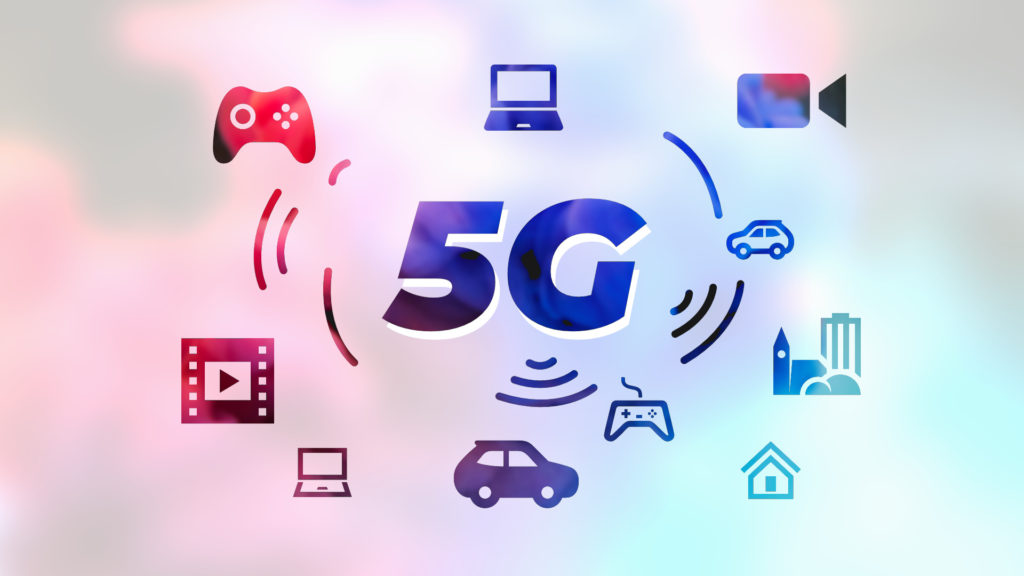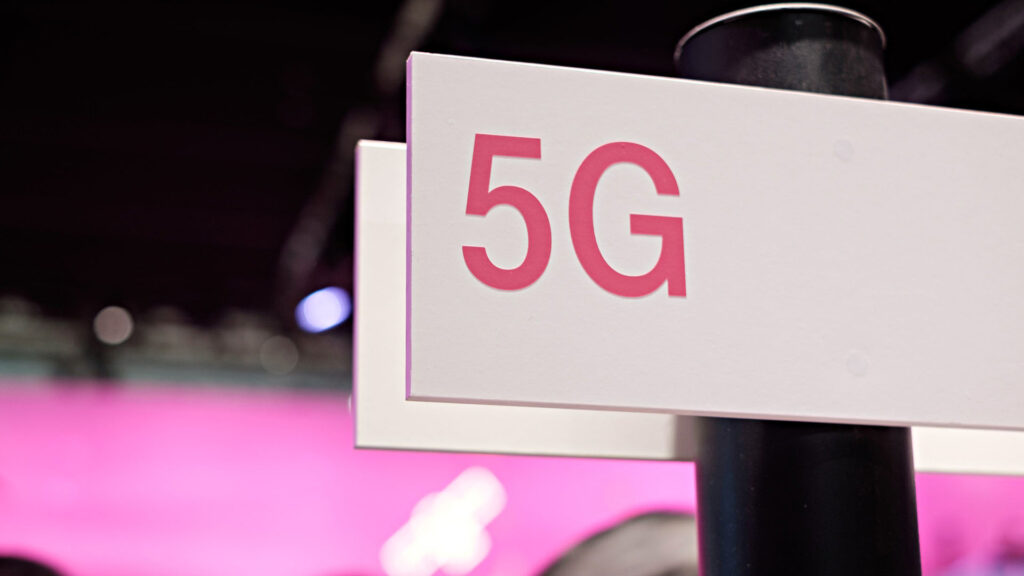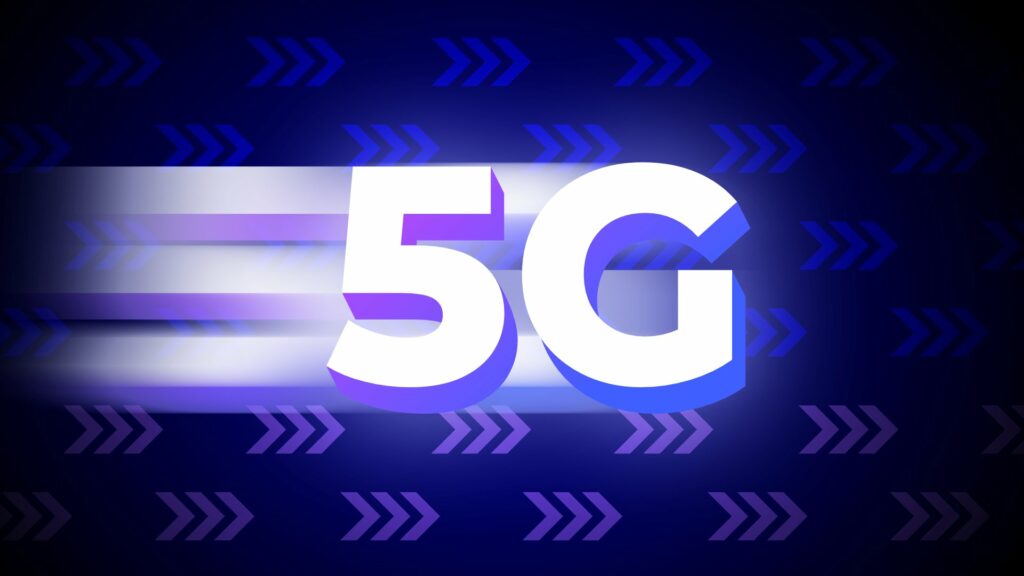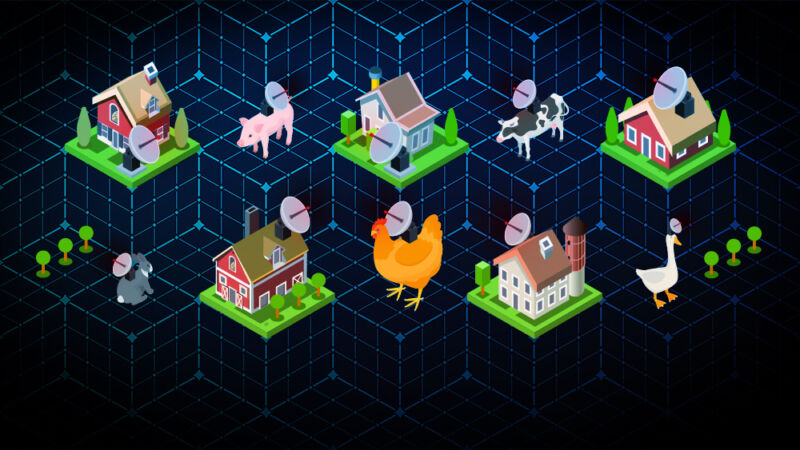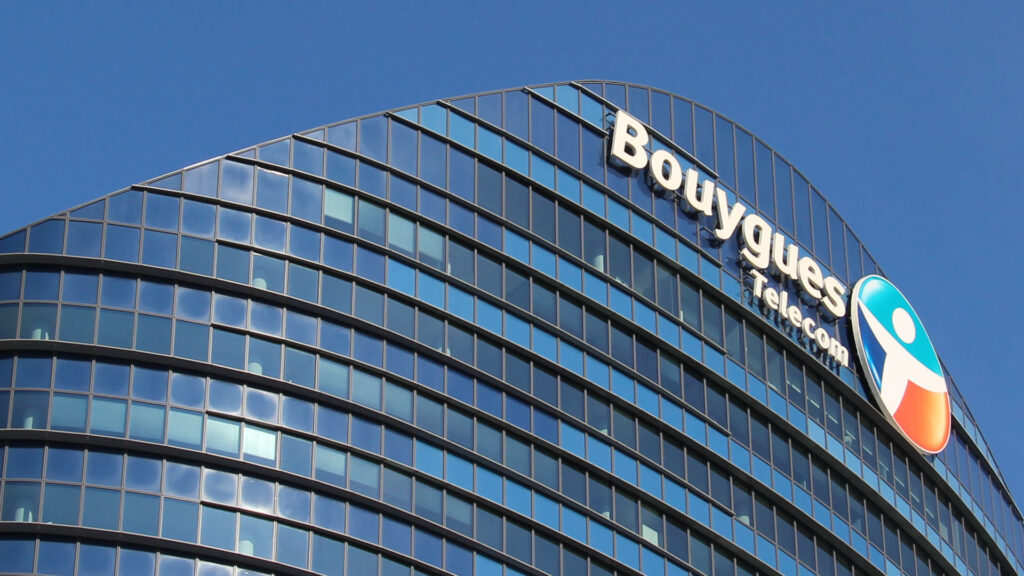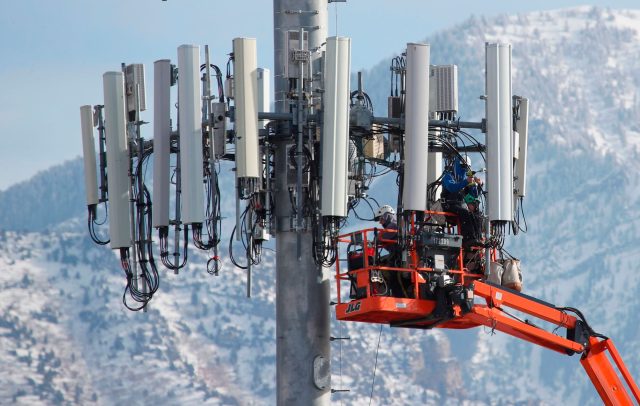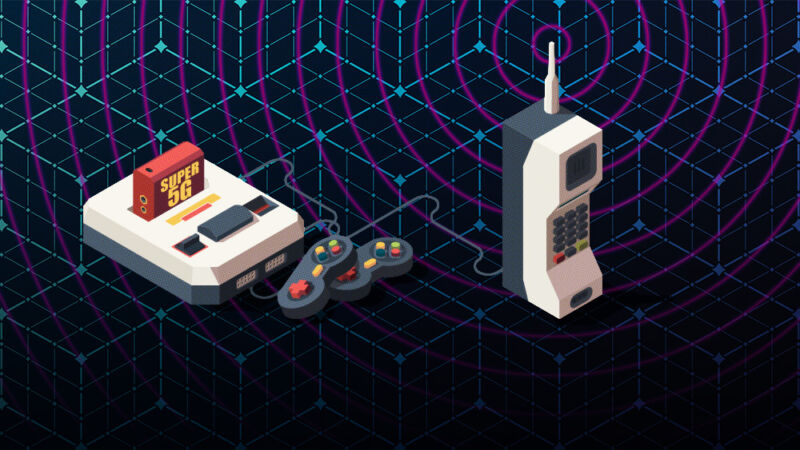
Enlarge / Artist's impression of gaming with 5G. (credit: Aurich Lawson / Getty Images)
There's been a lot of buzz about 5G over the last year—much of it, sadly, none too coherent. Today, we're going to take a detailed, realistic look at how we can expect 5G to improve cellular broadband, with a focus on the impact we might be able to expect on gaming. Surprise: the news is actually not bad!
What is 5G?
Before we can talk about what to expect from 5G, we need to talk about what 5G actually is—and isn't. 5G, short for "fifth generation," is the next cellular communications protocol. 5G is not, specifically, any given frequency or band. There are two major bands 5G can operate on—millimeter wave, and sub-6GHz. Exactly which frequencies within those bands your devices will use varies from carrier to carrier, and country to country.
The sub-6GHz band isn't new territory; the frequencies in use there are the same ones carriers already use for 4G / LTE service. Sub-6Ghz can further be divided into low-band—under 1GHz—and mid-band, at 2.5GHz-3.5GHz. Low-band offers greater range from the tower, but at lower speeds; the mid-band offers greater speed, but lower range. It's worth noting that "lower range" isn't necessarily a curse—the greater the range from the tower, the more users you have sharing the same finite amount of airtime, and the lower the speeds and less predictable the latency you'll see.
 chevron_right
chevron_right



